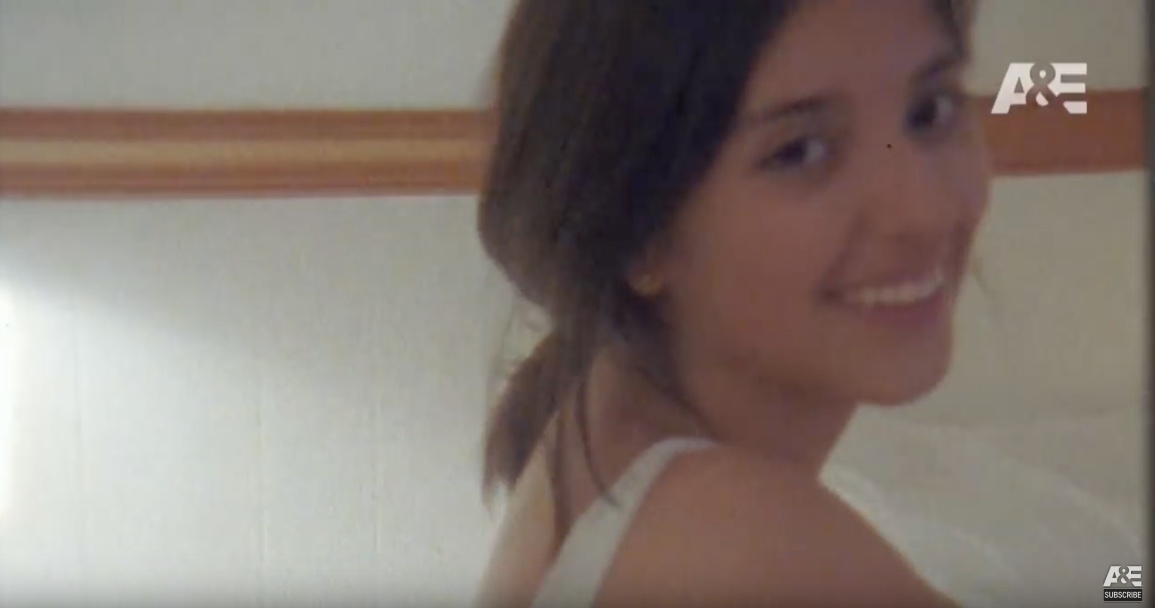The A&E documentary Jonestown: The Women Behind the Massacre, provides several dramatic examples of the problems inherent with the use of re-enactments, when actual film footage of an event is not available.
The underlying message of this documentary was that Jim Jones was not the only one responsible for the deaths in Jonestown, that – as Rebecca Moore says in Jonestown: The Life and Death of Peoples Temple, a 2006 documentary by Stanley Nelson – Jones neither ordered the poison, tested the poison, mixed the poison, nor served the poison. Those were other people, just as there were other people who were responsible for the administration of Jonestown and the decisions – both good and bad – that were made during the community’s years of existence.
But who were these people? According to the documentary, the responsibility shifted from the shoulders of Jim Jones to those of four women – Marceline Jones, Carolyn Layton, Annie Moore, and Maria Katsaris – and A&E has the information to prove it, or at least to suggest it strongly.
There is a great deal of documentary evidence to support these claims. Jim Jones’ wife Marceline enabled him from the start, and the love and caring she demonstrated for members of Peoples Temple justifiably earned her the name of Mother. Carolyn Layton was Jones’ lover for the last ten years of their lives, and rose to a position of authority, to the point that she could write critically honest memos to him about Jonestown’s future prospects. Carolyn’s younger sister Annie Moore was a nurse who often tended to Jones and who also wrote various memos about different methods for people to die; she also wrote one of the few suicide noteson Jonestown’s last day. Maria Katsaris was one of Jones’ lovers and a financial secretary – it’s unknown which came first – and her name appears on numerous administrative records.

What there isn’t is extensive photographic documentation of these women, especially in the company of Jim Jones (except, of course, Marceline, who appears in photos from family albums and of church services from the Temple’s early years). But the A&E documentary was TV. It needed video. Since there wasn’t any, they created it.
The technical aspects were well done. The portrayals of the women included juttering film, over- and under-exposed footage, crease marks from video, jump cuts during a single shot, blurred images, and filtered images, as if the footage came from old home movies, camcorders, and now-obsolete video equipment. It was all quite effective, and it was all fake.
It worked, too. My husband – who, because of my own interest in Peoples Temple, knows more about the subject than 90% of the American population – believed he was watching authentic, vintage film. A producer working on another documentary contacted this website about getting access to the film for his own project. If people who know the story or who are technically savvy about the medium were taken in, what about everyone else?

There is a famous photo of Maria holding a toucan. There are a few other photos of her scattered about in various collections. There are a few moments of NBC footage of her talking with her brother during the weekend of November 18. There is nothing of her lying between the sheets, playing peekaboo at the camera with an expression both sensual and playful. Neither is there video of Carolyn walking with Jim Jones in the woods, nor of Annie writing in her journal as she leans against a tree, nor of Marceline putting on make-up. But viewers who are not well acquainted with Peoples Temple and Jonestown – whose first exposure to the subject was this program – were no doubt tricked into not knowing that these shots were re-enacted by actors. This makes things more complicated, especially when some of the images were interspersed with real footage of Jim Jones in Jonestown, which further blurred the lines. This is obviously the choice of the filmmaker to make the film “more interesting,” but it transforms a “Documentary” into more of a “Docudrama.”
This returns me to the most important change that documentarians can make about their programs. It is extremely important for any documentary that uses actors to fill in the gaps in actual footage to make it extremely clear what is real and what is not. Without that all-important delineation by the filmmakers, people will get the wrong idea about actual events, and, in many cases, form opinions about individuals or occurrences that are completely incorrect. It is immoral for documentary makers not to do so.
(Bonnie Yates is a regular contributor to the jonestown report. Her other article in this edition of the jonestown report is On the Use of Actors and Re-enactments in Documentaries. Her previous articles may be found here. She may be reached here.)